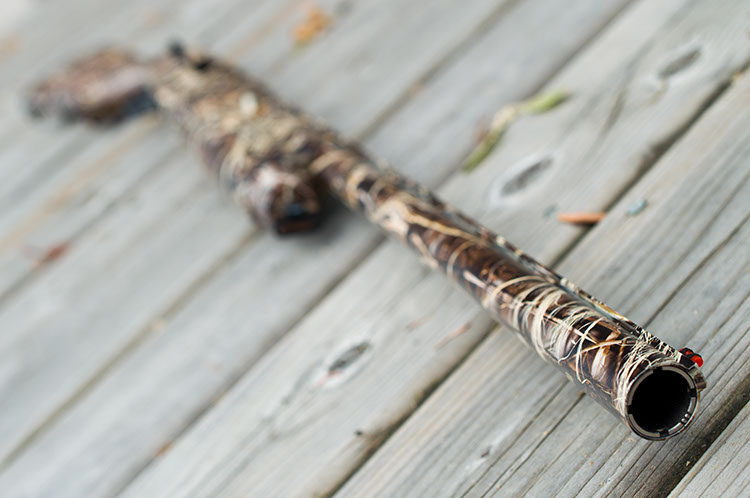
For those that care to recall, we lavished some pretty solid praise upon the ATA Venza, and even went so far as to call the unique and pretty sporting gun the single best Turkish scattergun we’d come across. So how do ATA’s more conventional offerings stack up? Well, to find out, we laid our hands on the gas-operated CY Super Magnum and Etro pump-action shotguns. While the Venza already impressed us with it’s performance-to-dollar ratio, could ATA continue that trend with these even-more-affordable guns?
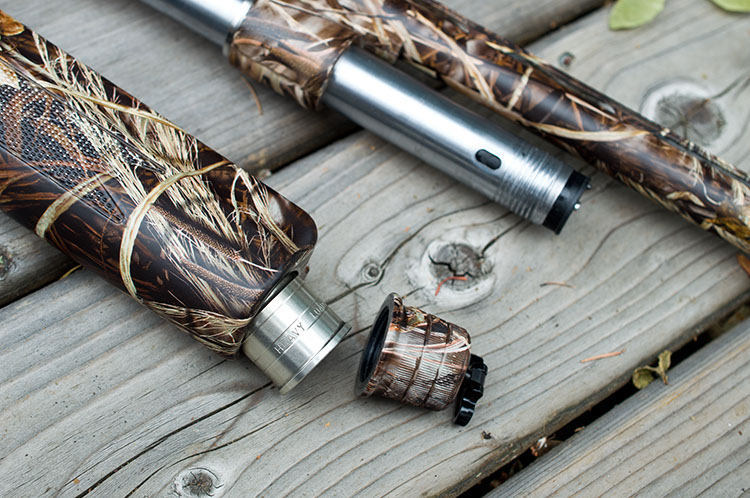
For those looking for a bit more flash than those models provide, the regular walnut-stocked models can be had with available green, bronze, grey, black and red receiver finishes (although the red model is anodized black with red highlights), while the Fonex model adds a glossy faux-burled finish to the woodwork and a high gloss black finish to the receiver. For the slug hunters out there, there’s also a walnut-stocked slug model with a shorter barrel and rifle sights, while the CY Modern models feature interchangeable engraved receiver plates affixes to the sides of the high gloss or matte-finished receiver and walnut furniture, for the blingiest of shooters.
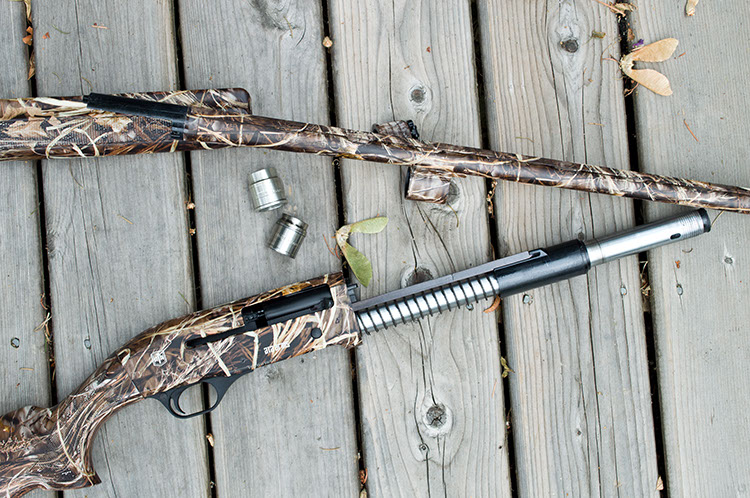
Now, the CY’s design will not come as a surprise to anyone familiar with conventional gas-operated semi-auto shotguns. A wad goes down the tube, and gas pressure is bled off the barrel into a gas cylinder within the fore-end, where a piston is subsequently pushed rearward. This actuates the beefy collar and attached action bars, and cycles the action, which is itself not dissimilar from a pump-action design. In the case of the CY, the piston used is dictated by the shotshells being fired, with a light load piston for target and light birdshot loads and a heavy load piston used for buckshot and more powerful shells. Conveniently, whatever piston isn’t in use is stored in the fore-end, behind the screw-down barrel retaining nut.
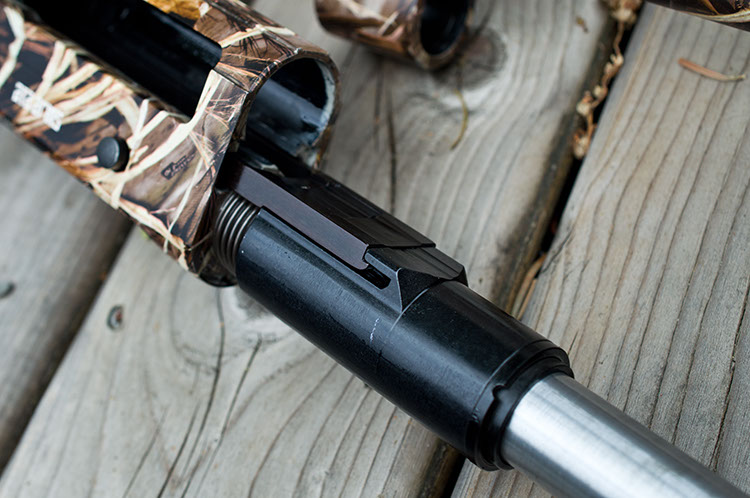
One of the downsides to conventional gas guns has been their inability to cycle super light loads. It’s specifically why we always make sure to mention the lightest loads we could get to cycle. In the case of the CY, we couldn’t get it to cycle the same one-ounce light loads the Venza digested, but had no trouble with any particular brand of 1-1/8th ounce promo loads. We didn’t shoot the CY quite as much as the Venza, but noted that due to both the CY’s slightly lighter weight (2.9 kilograms as opposed to the Venza’s 3.2) and different gas system, the CY did demonstrate a bit more recoil. Of course, it was no worse than you’d find on any other conventional gas gun so that’s not to say it was unbearable, but when you have two shotguns at your disposal for a weekend’s worth of shooting you tend to trend towards the lesser recoiling of the two!
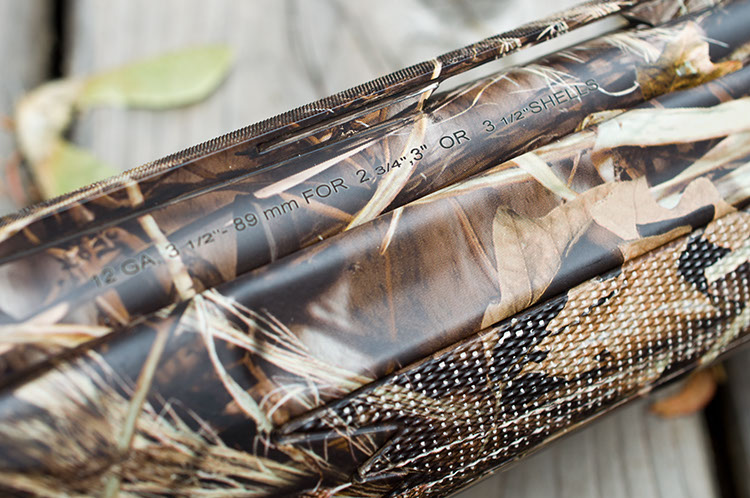
So here’s what we haven’t told you about the CY this entire time: It is, basically, a Weatherby SA-08. However, the CY is available in a myriad more versions than the staid and simple Weatherby, and also features a few nice-to-have additions like a red fibre optic bead as standard and a machined red magazine follower. Also, the $950 (or less) ATA CY SuperMag model pictured here features licensed RealTree camouflage patterns, and will soon be joined by additional models including those Tactical and Red models. Further models beyond those are expected to be brought into the market as demand dictates and the brand grows.
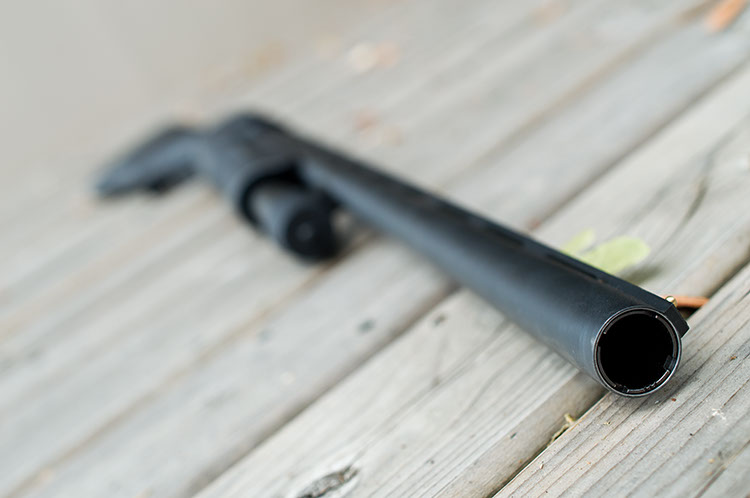
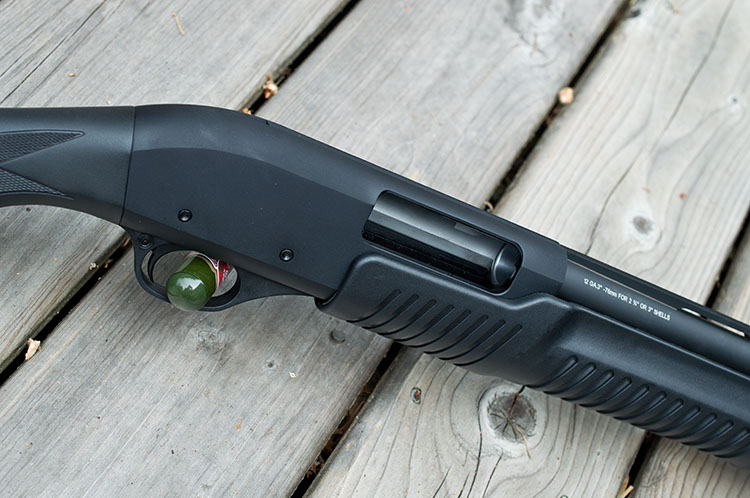
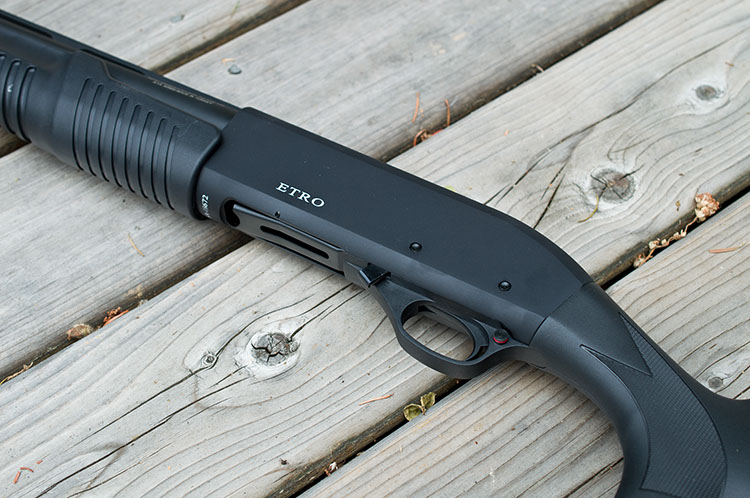
If we’re honest, the ATA Etro is exactly what you think it is. It’s not going to be the prized pump gun you cherish for decades and hand down to your children in precisely the same condition that you received it in. It’s going to be the gun that rattles around the back of your truck on your next camping trip. It’s the gun you hand your buddy who’s never shot a gun before. Or it’s the gun you take into the hunting blind next season after blowing the majority of your tax return on less responsible things. Because in the basic form pictured here, the Etro will set you back right around $380, while the camouflaged version generally runs $40 or so more.
So, do the CY and Etro pick up where the Venza left off? Somewhat. As something of a flagship semi-auto product, the Venza paired excellent quality with a unique operating system; something we’ve never seen from a Turkish shotgun before. Obviously being ATA’s more conventional offering the CY trades away some of that innovation in favour of familiarity, but still offers solid quality at great prices.
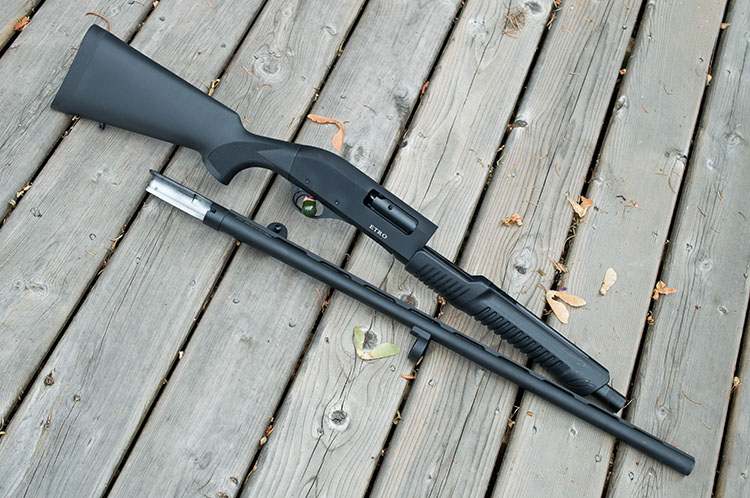
Well, as we mentioned it simply doesn’t have the same level of overall finishing as the Wingmaster or Browning’s heirloom-grade BPS. However, it is a beefy, probably overbuilt shotgun that prioritizes function and reliability over finish and luxuriousness; not unlike the 590A1. Which makes its price point perfect, as it sits slightly above the less robust Mossberg 500 and far below the well-known 590A1. So if you’re in need of a low-buck pump gun this season or just want a new truck or boat gun, check one out.